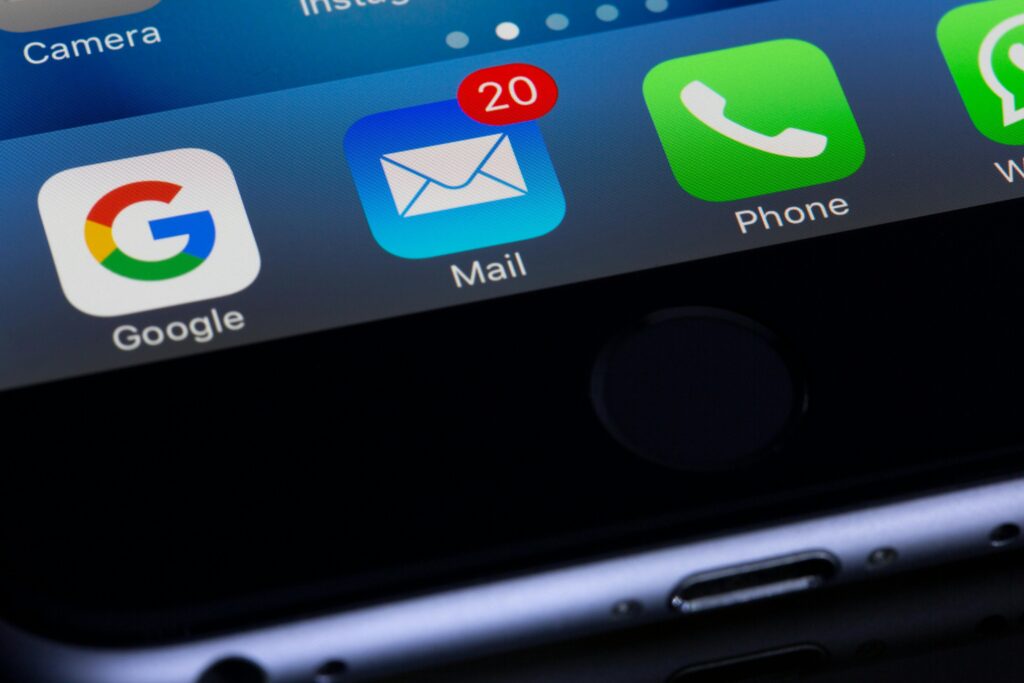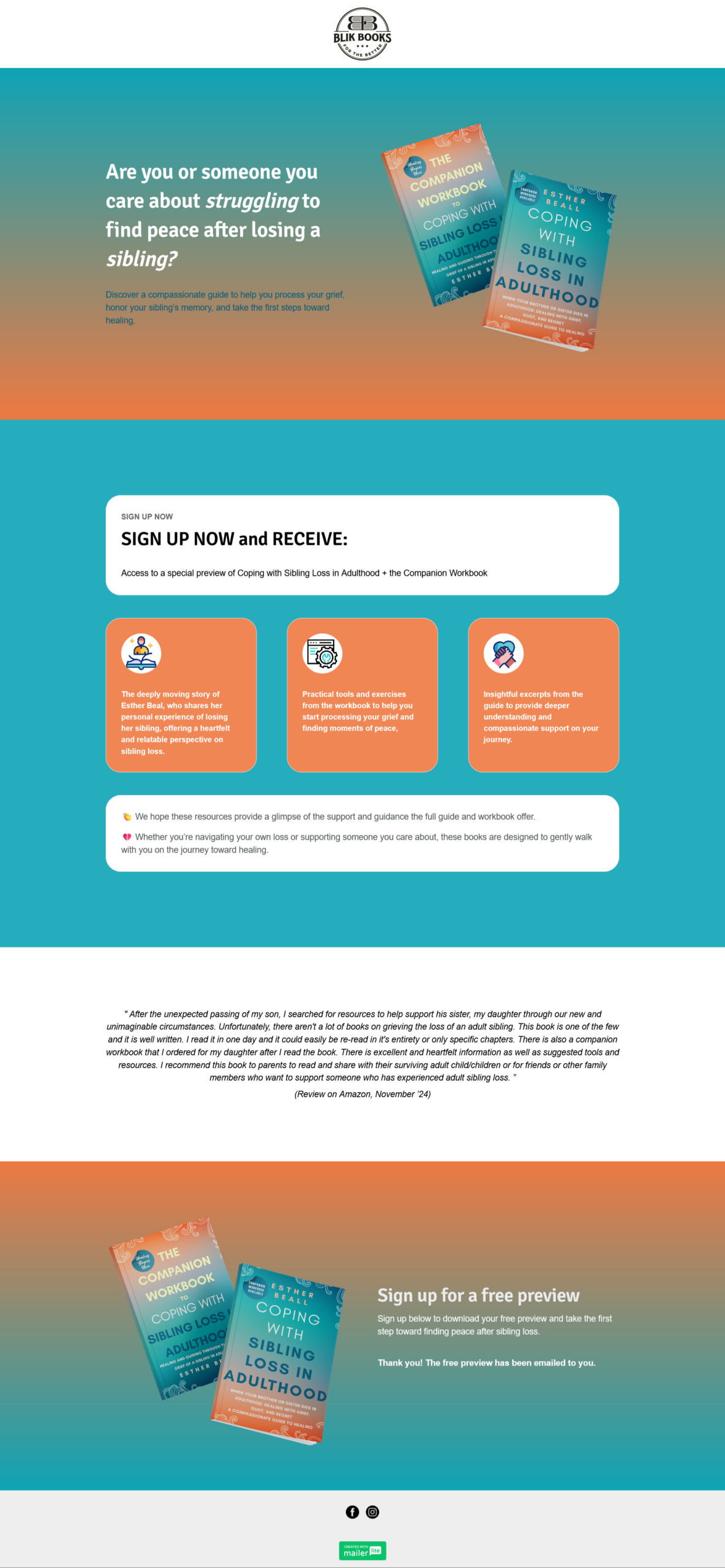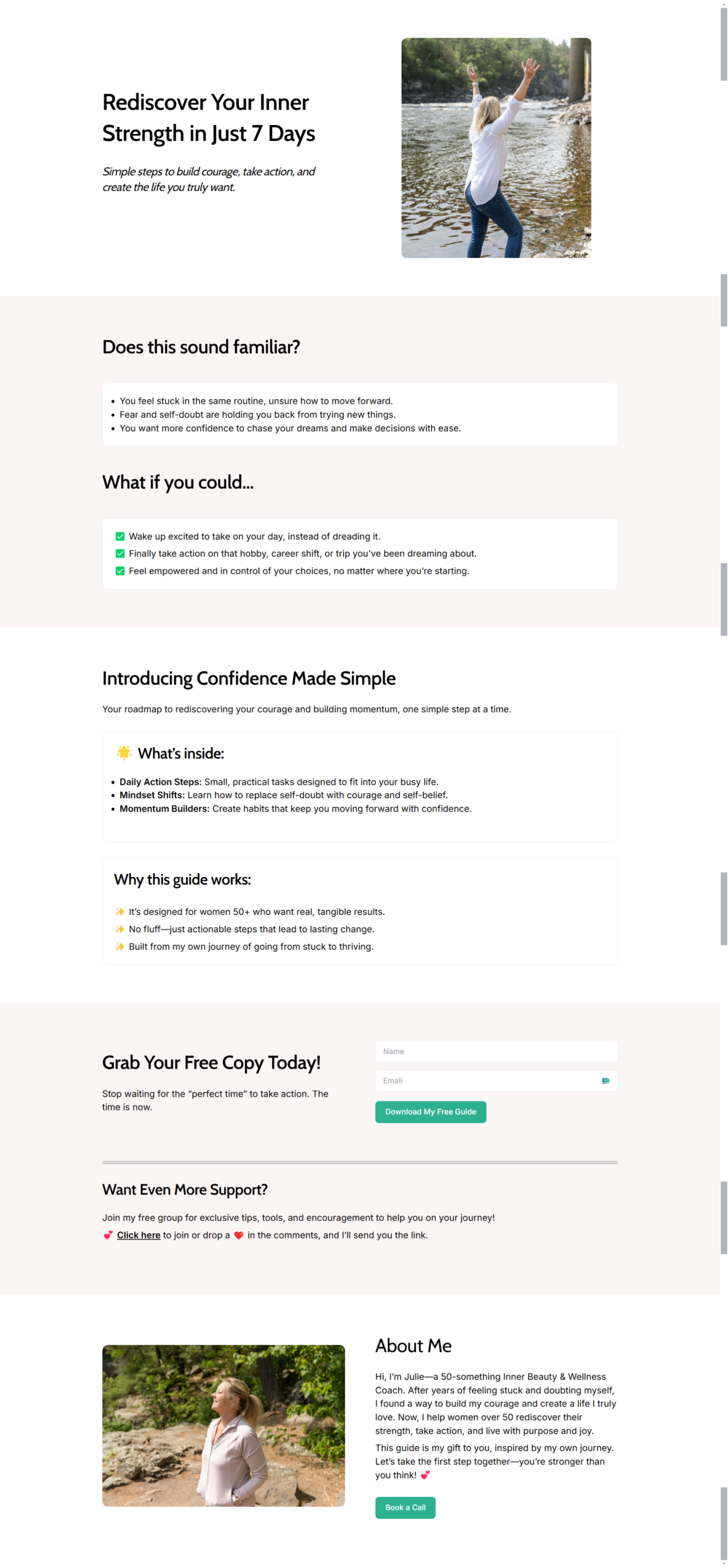Email marketing remains one of the most powerful tools for reaching your audience and driving engagement. But even the most beautifully crafted emails fail if they never get opened.
This guide covers actionable, data-backed strategies to improve your email open rates and maximize campaign performance.
Why Open Rates Matter
Your email open rate—the percentage of recipients who open your emails—is a critical metric because it directly impacts:
- ROI: Higher open rates mean more eyes on your content, leading to increased conversions.
- Deliverability: Consistently high engagement tells email providers your content is valuable, keeping you out of spam folders.
- Brand trust: When subscribers regularly open your emails, it signals they find your content relevant and trustworthy.
Now, let’s dive into the tactics that actually work.
1. Write Irresistible Subject Lines
Your subject line is the gatekeeper—it decides whether your email gets opened or ignored.
Best practices:
- Keep it short (6–10 words).
- Spark curiosity or urgency: “Your exclusive invite expires soon”
- Personalize when possible: “[Name], your custom plan is ready”
- Avoid spam triggers (e.g., “FREE,” all caps, excessive punctuation).
Pro tip: Use emojis sparingly—they can increase opens but may look unprofessional in some industries.
2. Optimize Preheader Text
The preheader (the snippet of text after the subject line) acts as a second chance to hook readers.
How to use it effectively:
- Expand on the subject line: “Inside: 3 strategies to save 20% this month.”
- Create urgency: “Only 12 spots left—claim yours now.”
3. Segment Your Audience
Generic blasts get ignored. Targeted emails get opened.
Segment by:
- Demographics (location, job title)
- Behavior (past purchases, website activity)
- Engagement level (frequent vs. inactive subscribers)
Example: A fitness brand could send different emails to yoga beginners and marathon runners.
4. Send at the Right Time
Timing impacts opens. While general best practices suggest:
- Best days: Tuesday–Thursday
- Best times: 9–11 AM or 1–3 PM
The real answer? Check your analytics. Your audience’s behavior may differ.
5. Clean Your Email List Regularly
Inactive subscribers hurt open rates and deliverability.
What to do:
- Remove hard bounces immediately.
- Run re-engagement campaigns for inactive users.
- Prune unengaged subscribers every 3–6 months.
6. Personalize Beyond Just Names
Advanced personalization boosts relevance:
- Reference past interactions: “Loved your recent purchase? Here’s a match.”
- Recommend based on behavior: “Since you browsed running shoes…”
7. A/B Test Everything
Never assume—always test. Try variations of:
- Subject lines
- Send times
- Preheader text
- “From” names (e.g., company name vs. CEO’s name)
8. Design for Mobile
Over 60% of emails are opened on mobile. Ensure:
- Subject lines are short (under 50 characters).
- Preheaders are concise.
- CTAs are thumb-friendly.
9. Use a Recognizable Sender Name
A vague “noreply@” address gets skipped. Instead, use:
- Your brand name (“Team [Brand]”)
- A real person (“Alex from [Brand]”)
10. Deliver Consistent Value
Subscribers open emails that help or reward them. Ask:
- Does this solve a problem?
- Is the offer truly exclusive?
- Would I open this if I received it?
Key Takeaway
Improving open rates isn’t about tricks—it’s about sending the right message, to the right person, at the right time. Start with one or two of these tactics, measure the impact, and refine as you go.
Next step: Pick one strategy to test in your next campaign. (Hint: Start with subject line A/B testing—it’s the fastest way to see results.)
Need help optimizing your email strategy? We specializes in data-driven email marketing that converts. Let’s talk.












